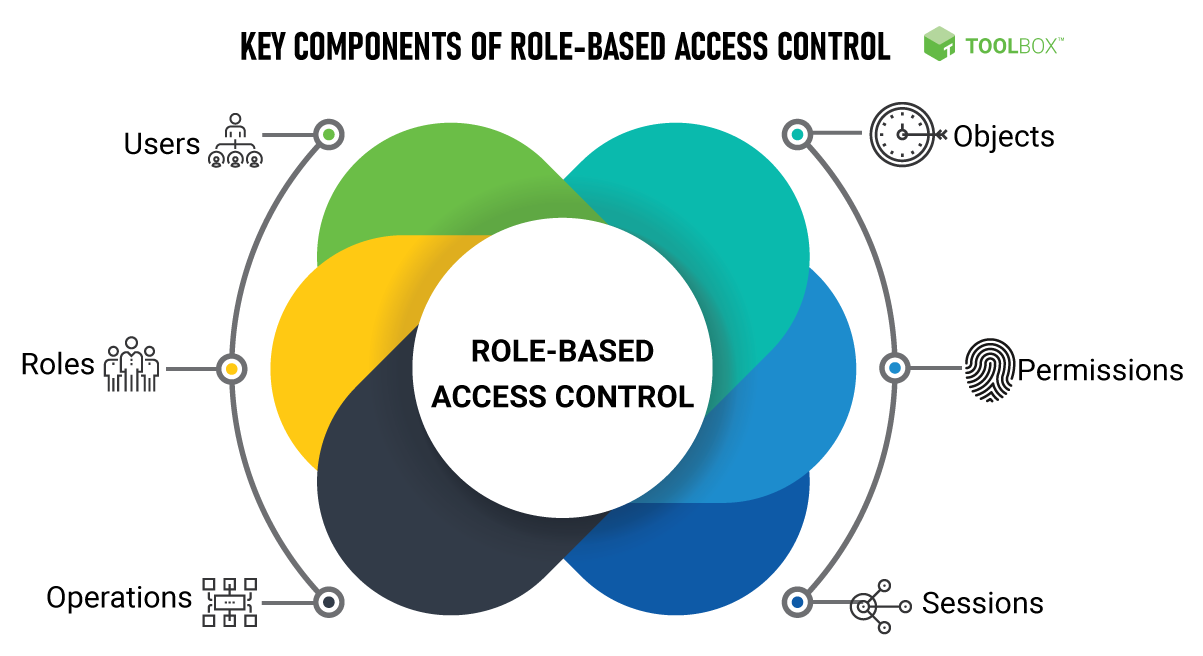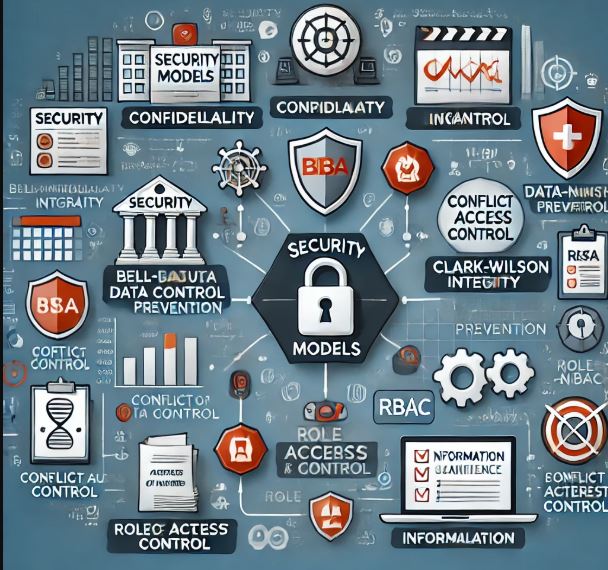Role-Based Access Control (RBAC) enhances security by ensuring that users only have access to the resources necessary for their job functions, reducing the risk of unauthorized access, data breaches, and insider threats.
🔹 Ways RBAC Improves Security Control
✅ 1. Least Privilege Enforcement
- Users receive the minimum permissions required for their roles, reducing the risk of accidental or malicious misuse.
- Example: A junior accountant can view financial reports but cannot approve payments.
✅ 2. Reduces Insider Threats
- Limits exposure to sensitive data by restricting access based on roles.
- Example: A customer support agent cannot view customer payment details, minimizing fraud risks.
✅ 3. Prevents Unauthorized Access
- Users cannot escalate privileges or access unauthorized systems.
- Example: A hospital receptionist can schedule appointments but cannot view patient medical records.
✅ 4. Enhances Compliance & Auditability
- Meets regulatory requirements (e.g., HIPAA, GDPR, ISO 27001) by ensuring controlled access.
- Maintains detailed logs of who accessed or modified sensitive data.
✅ 5. Simplifies User Management
- Permissions are assigned by role, not individually, reducing the chance of manual errors.
- Example: When an employee is promoted, their role changes, and they automatically receive new access privileges.
RBAC ensures that access control is structured, scalable, and secure. 🚀 Is your organization using RBAC effectively? #CyberSecurity #AccessControl #RBAC





